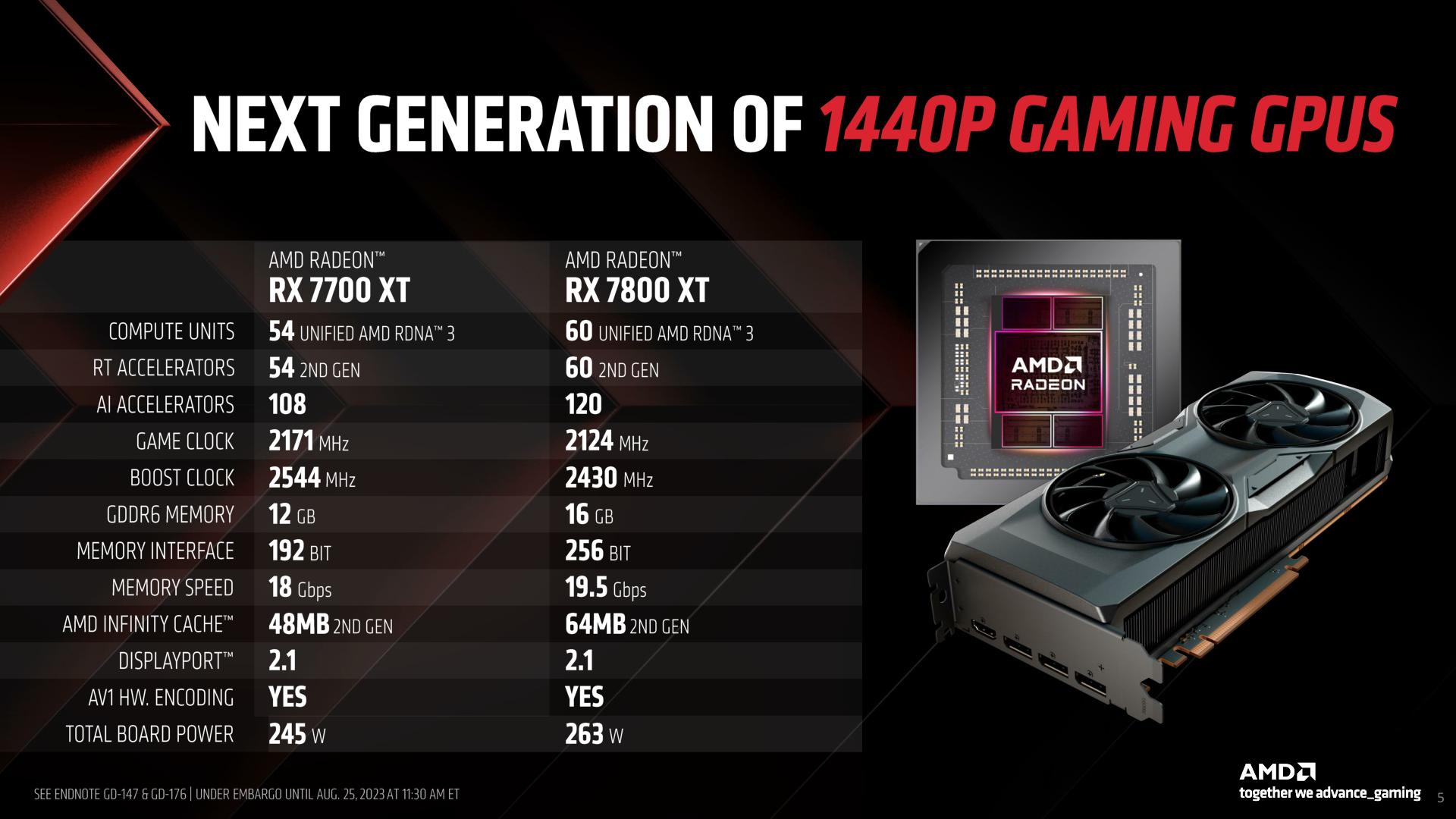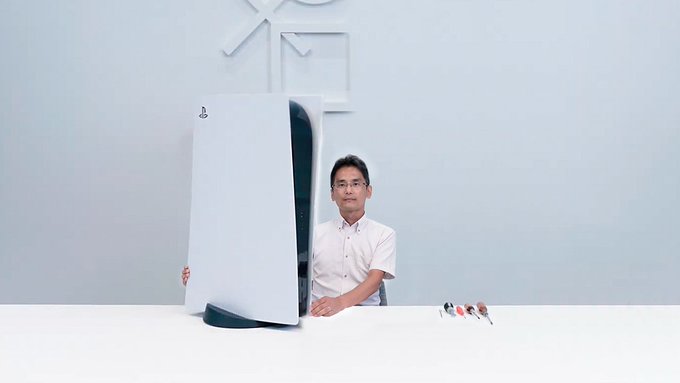PS5 Pro updated rumors/leaks & technical/specs discussion |OT| PS5 Pro Enhanced Requirements Detailed.
- Thread starter Gamernyc78
- Start date
You are using an out of date browser. It may not display this or other websites correctly.
You should upgrade or use an alternative browser.
You should upgrade or use an alternative browser.
It won't have a disc edition, Slim's disc will fit in the same way so at least one side if the design is going to be quite similar. If the leaks are correct it will be a good machine. They might price it 549 but this time 599 is a bigger reality.
I'm pretty sure it will have a disc. Sony is trying to increase margins in the PlayStation business, no doubt they will position PS5 Pro as a premium product with a better margin then base PS5. Sony adds more features to their premium products not less.It won't have a disc edition, Slim's disc will fit in the same way so at least one side if the design is going to be quite similar. If the leaks are correct it will be a good machine. They might price it 549 but this time 599 is a bigger reality.
Generally premium products carry bigger profit margins as they sell less, to a more tolerant customer.I'm pretty sure it will have a disc. Sony is trying to increase margins in the PlayStation business, no doubt they will position PS5 Pro as a premium product with a better margin then base PS5. Sony adds more features to their premium products not less.
RX 7800 XT has an TDP of 263W250 watts huh. That's a lot of cooling needed.

Considering the small increase in fillrate and memory bandwidth, and no increase in RAM amount, looks like Sony planned for this to be a console that mostly runs games at 1080p with everything maxed out, and then uses PSSR to scale up to a 4K presentarion.
Another interesting point about PSSR is how it apparently plays ball with dynamic resolution. This means the base resolution can go lower to guarantee a minimum framerate and the upscaler just puts out 4K regardless (lower quality the more aggressive it is, of course).
I wonder if Sony is planning to use their own frame generation tech, or they'll straight up use FSR3.
Scalpers trying to dry out the stock of a console that uses a SoC built on the oldish, cheap and very available N6 process will be super fun to look at.
Especially the part where they go out of business for having to sell widely available consoles at a price lower than MSRP.
I'm pretty sure their goal right now is to scale back on the ridiculous development costs of their 1st party games because that's what they said in their shareholder meetings. There was nothing there about getting higher revenue from hardware, they know that's a lost cause from experience.
I don't know who built that list, but a couple of corrections:
- This is not RDNA3. At the very least there's the new raytracing pipeline from RDNA4.
- It's been reported for a while that the chip uses 6nm (N6), a lower-cost variant of N7 with some EUV layers, slightly better performance and slightly higher density. N5 would be a full node transition and considerably more expensive.
- 2180MHz is probably just the base GPU frequency like ~2GHz was for the PS5. The RX7600 on the same N6 process averages at 2.6GHz and goes all the way up to 2.9GHz at times. The 300TOPS figure they claim are probably coming from boosted clocks at close to 2.5GHz.
Another interesting point about PSSR is how it apparently plays ball with dynamic resolution. This means the base resolution can go lower to guarantee a minimum framerate and the upscaler just puts out 4K regardless (lower quality the more aggressive it is, of course).
I wonder if Sony is planning to use their own frame generation tech, or they'll straight up use FSR3.
Oh boy, I sure hope they do try.Scalpers will be at the ready.
Scalpers trying to dry out the stock of a console that uses a SoC built on the oldish, cheap and very available N6 process will be super fun to look at.
Especially the part where they go out of business for having to sell widely available consoles at a price lower than MSRP.
There's no reason to believe it's not monolithic, even if there's nothing wrong with MCD.Also is it monolithic or it would feature that god awful MCD chiplet design like Navi 31/32?
Sony already missed their hardware sales target in 2023 and almost all their main markets are close to a recession (or in one already) so I doubt they'd be bullish on the PS5 Pro's price.Sony is trying to increase margins in the PlayStation business, no doubt they will position PS5 Pro as a premium product with a better margin then base PS5. Sony adds more features to their premium products not less.
I'm pretty sure their goal right now is to scale back on the ridiculous development costs of their 1st party games because that's what they said in their shareholder meetings. There was nothing there about getting higher revenue from hardware, they know that's a lost cause from experience.
I don't know who built that list, but a couple of corrections:
- This is not RDNA3. At the very least there's the new raytracing pipeline from RDNA4.
- It's been reported for a while that the chip uses 6nm (N6), a lower-cost variant of N7 with some EUV layers, slightly better performance and slightly higher density. N5 would be a full node transition and considerably more expensive.
- 2180MHz is probably just the base GPU frequency like ~2GHz was for the PS5. The RX7600 on the same N6 process averages at 2.6GHz and goes all the way up to 2.9GHz at times. The 300TOPS figure they claim are probably coming from boosted clocks at close to 2.5GHz.
Hope it’s bigger so I can park my car in itvery interesting, how the design will look like. similar to PS5? or something different?
Might come down to sony not producing enough.Oh boy, I sure hope they do try.
Scalpers trying to dry out the stock of a console that uses a SoC built on the oldish, cheap and very available N6 process will be super fun to look at.
Especially the part where they go out of business for having to sell widely available consoles at a price lower than MSRP.
very interesting, how the design will look like. similar to PS5? or something different?

PS5 Pro doesn't need to be a sales monster, that is what base PS5 is for. Why can't people understand this.Considering the small increase in fillrate and memory bandwidth, and no increase in RAM amount, looks like Sony planned for this to be a console that mostly runs games at 1080p with everything maxed out, and then uses PSSR to scale up to a 4K presentarion.
Another interesting point about PSSR is how it apparently plays ball with dynamic resolution. This means the base resolution can go lower to guarantee a minimum framerate and the upscaler just puts out 4K regardless (lower quality the more aggressive it is, of course).
I wonder if Sony is planning to use their own frame generation tech, or they'll straight up use FSR3.
Oh boy, I sure hope they do try.
Scalpers trying to dry out the stock of a console that uses a SoC built on the oldish, cheap and very available N6 process will be super fun to look at.
Especially the part where they go out of business for having to sell widely available consoles at a price lower than MSRP.
There's no reason to believe it's not monolithic, even if there's nothing wrong with MCD.
Sony already missed their hardware sales target in 2023 and almost all their main markets are close to a recession (or in one already) so I doubt they'd be bullish on the PS5 Pro's price.
I'm pretty sure their goal right now is to scale back on the ridiculous development costs of their 1st party games because that's what they said in their shareholder meetings. There was nothing there about getting higher revenue from hardware, they know that's a lost cause from experience.
I don't know who built that list, but a couple of corrections:
- This is not RDNA3. At the very least there's the new raytracing pipeline from RDNA4.
- It's been reported for a while that the chip uses 6nm (N6), a lower-cost variant of N7 with some EUV layers, slightly better performance and slightly higher density. N5 would be a full node transition and considerably more expensive.
- 2180MHz is probably just the base GPU frequency like ~2GHz was for the PS5. The RX7600 on the same N6 process averages at 2.6GHz and goes all the way up to 2.9GHz at times. The 300TOPS figure they claim are probably coming from boosted clocks at close to 2.5GHz.
Finally, after months clicking these threads and getting eff all 
After thinking I might not want a pro this time of course I'm day #1 for this, it looks like a good, affordable and decent mid-gen unit that hints at the future.
After thinking I might not want a pro this time of course I'm day #1 for this, it looks like a good, affordable and decent mid-gen unit that hints at the future.
Has to be similar design language to accommodate the external drive (unfortunately).very interesting, how the design will look like. similar to PS5? or something different?
Wtf are those scary-looking things on the right side of the picture? Sony can go and get fucked if they expect me to figure out how to screw something in again.





